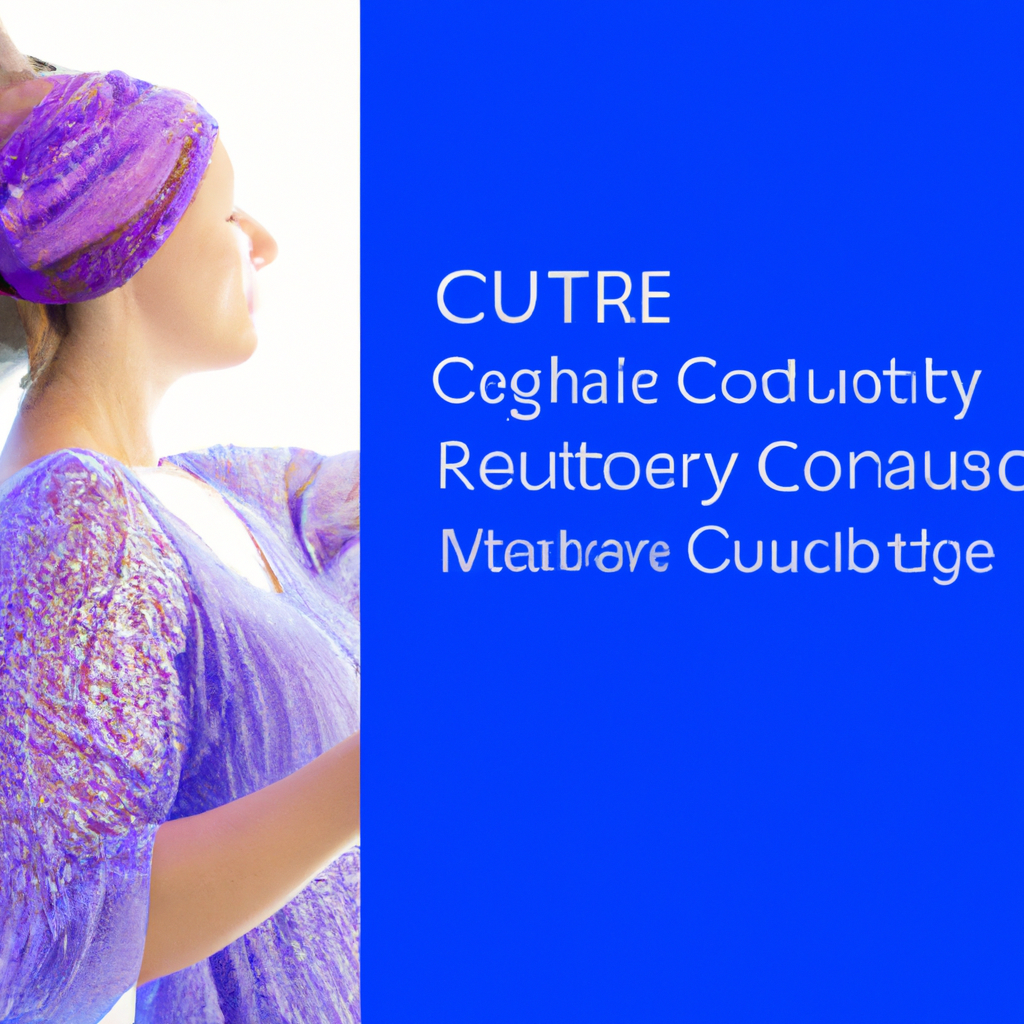
In a stirring controversy that underscores the delicate interplay between art and politics, South African artist TraceWAy Rose has thrust the global art community into a fervent dialogue on the boundaries of artistic freedom and the responsibilities of cultural institutions. At the heart of the tumult is a provocative video artwork that was poised to be exhibited at a prominent Swiss museum, only to be withdrawn under contentious circumstances. Rose's work, which evocatively references a 'Muslim Holocaust,' has been censored, sparking a debate that reverberates through the corridors of international art galleries and cultural citadels.
The controversy began to unfurl when a letter that Rose had previously signed concerning the situation in Palestine resurfaced, casting a new light on her forthcoming exhibition. The letter, imbued with political convictions about the Palestinian cause, seemed to have precipitated a reevaluation of her work by the exhibiting museum. The decision to exclude her video piece was met with accusations of censorship from Rose, who asserts that her work aims to confront and challenge the viewer with pressing global issues.
Tracey Rose, a celebrated figure in the realm of contemporary art, is renowned for her deeply provocative and often uncomfortable explorations of complex themes such as race, gender, and politics. Her works are visceral, challenging audiences to reexamine their perspectives and prejudices. Thus, the museum's decision to censor her video raises critical questions about the role of art museums in mediating uncomfortable truths through the prism of global political sensitivities. Are they to be safe harbors for free expression, or are they to bow to the pressures of political correctness and potential backlash?
The incident has not only affected Rose but also stoked a broader discourse on the limits of artistic expression within institutional settings. It invites an examination of where lines are drawn, who draws them, and the implications of such boundaries on the creative and moral horizons of society. The role of art, after all, is often to speak where words fail, to provoke where silence falls.
From New York to Switzerland and beyond, the eyes of the cultural world remain fixed on the unfolding narrative of Tracey Rose and the ramifications of her censored work. It is a poignant reminder of the tensions that lie at the intersection of cultural expression and global politics, an arena of constant negotiation and relentless introspection.